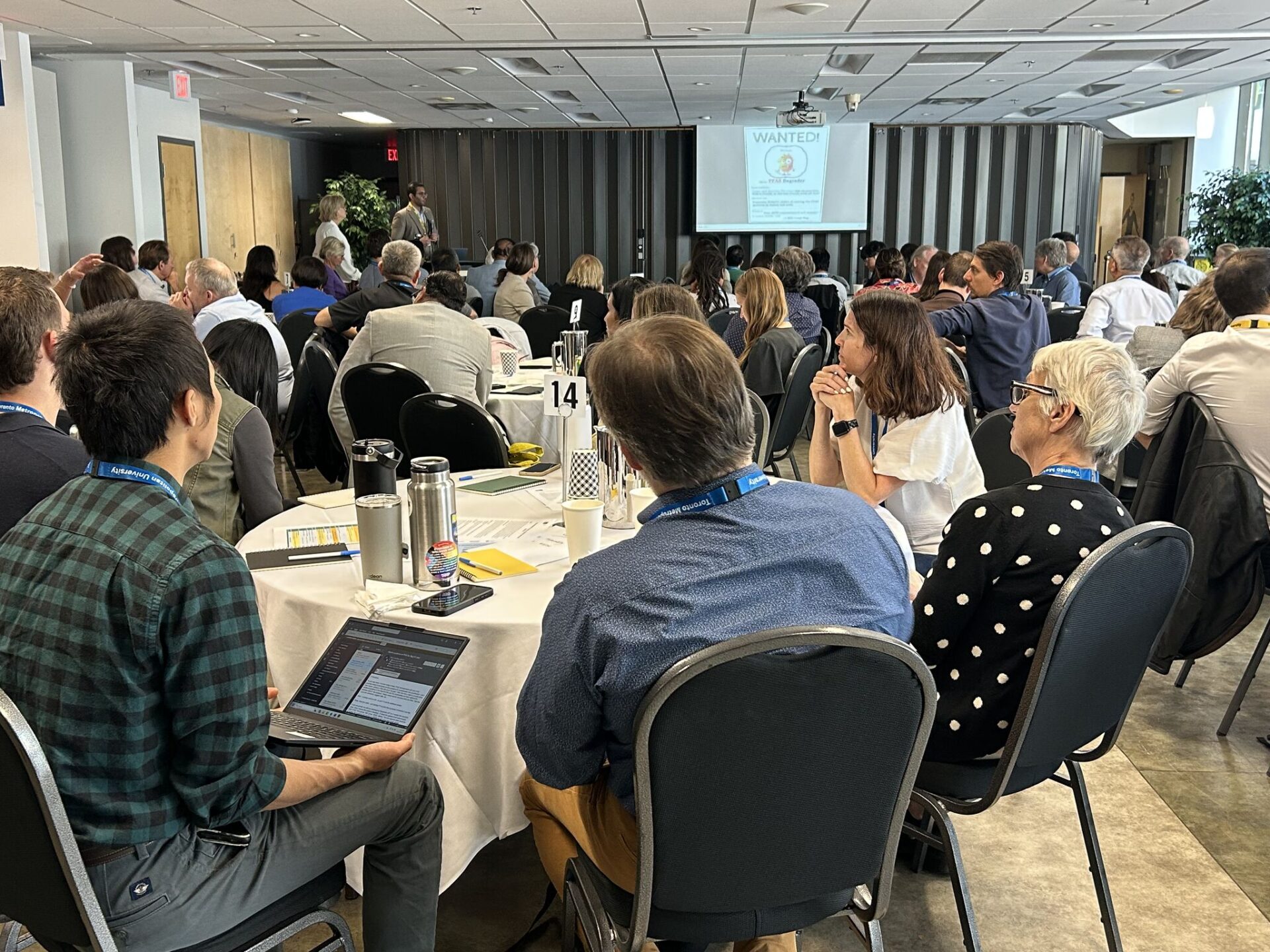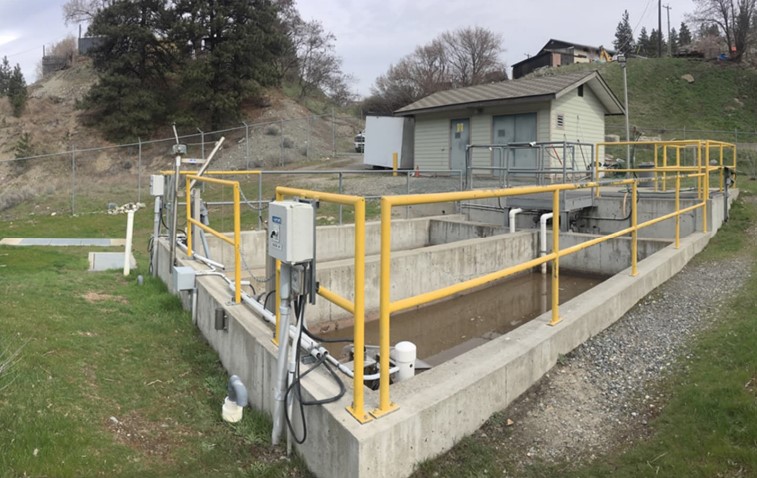PFAS experts, industry representatives, health officials and academics gathered Tuesday, September 16 at Toronto Metropolitan University to confront one of the most pressing challenges in water management: addressing PFAS contamination.
The full-day workshop, PFAS Management in Canada, was hosted by Urban Water TMU and brought together participants from government, utilities, consulting firms, technology providers, universities and non-profits to discuss how the country can move forward on managing the persistent “forever chemicals.”
Stephanie McFadyen, manager of Health Canada’s water quality program, outlined the government’s current role in setting drinking water objectives. She noted that while Canada does not yet have formal guidelines for PFAS in drinking water, Health Canada has set an interim objective to reduce exposure.
“On August 9, 2024, we published an objective for drinking water of 30 nanograms per litre for the sum of 25 PFAS detected in drinking water,” said Stephanie McFadyen. “Despite the number of 30 nanograms per litre, the goal should always be to maintain all PFAS concentrations as low as reasonably achievable. This is a precautionary approach due to the numerous uncertainties that have been mentioned many times today.”
PFAS — per- and polyfluoroalkyl substances — are a class of more than 10,000 chemicals widely used in consumer products and industrial processes for their resistance to heat, water and oil. They have been linked to adverse health effects and are extremely difficult to remove from the environment.
Mohamed Ateia Ibrahim, a researcher specializing in advanced PFAS solutions, stated in his keynote that separation technology is not enough. Destruction — and ultimately mineralization — is the way forward.
Industry perspectives also played a role in the day’s discussions. Scott Thurlow noted that Canada’s chemical risk management framework is among the strictest globally, with only 320 legally authorized substances. Unlike the United States, Canada does not manufacture PFAS but remains vulnerable to cross-border contamination through the Great Lakes.
Michael Goffin, a longtime water policy expert, highlighted the importance of non-regulatory approaches such as public awareness campaigns, incentives and public-private partnerships.
Other speakers included Dr. Roxana Suehring and Dr. Patricia Hania, both professors at TMU, who discussed governance of PFAS in Canada. Tim Fletcher, Manager at Water Standards, provided an update on PFAS activities by the Ministry of the Environment, Conservation and Parks.
“We’ve been monitoring PFAS for more than 20 years, starting from a very small number that we knew about,” said Fletcher. “We’ve expanded to 35 or so over the last year or so… concentrations are decreasing, especially for the ones that we know the most about, PFAS, PFOA, and the long-chain PFAS.”
Dr. Ian Cousins, a professor at Stockholm University, shared a keynote on Europe’s perspectives on strategies for PFAS governance, from prevention to destruction.
Roundtable discussions focused on how government and industry can keep pace with the rapid development of new PFAS substances. Participants emphasized the need for standardized testing methods across jurisdictions, better consumer education about PFAS in products, and stronger right-to-know measures.
Questions were also raised about balancing PFAS removal with the preservation of nutrients in agricultural applications, and how industry standards and certification mechanisms could help drive change.
Urban Water TMU, which organized the event, positioned the workshop as a first step toward building a Canadian framework for PFAS management that draws on both domestic expertise and international experience.











